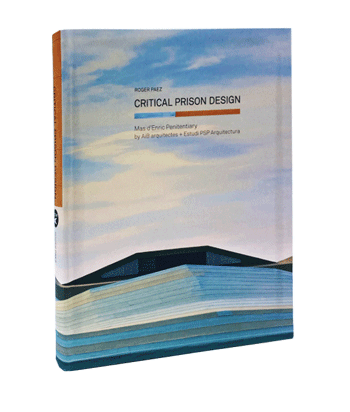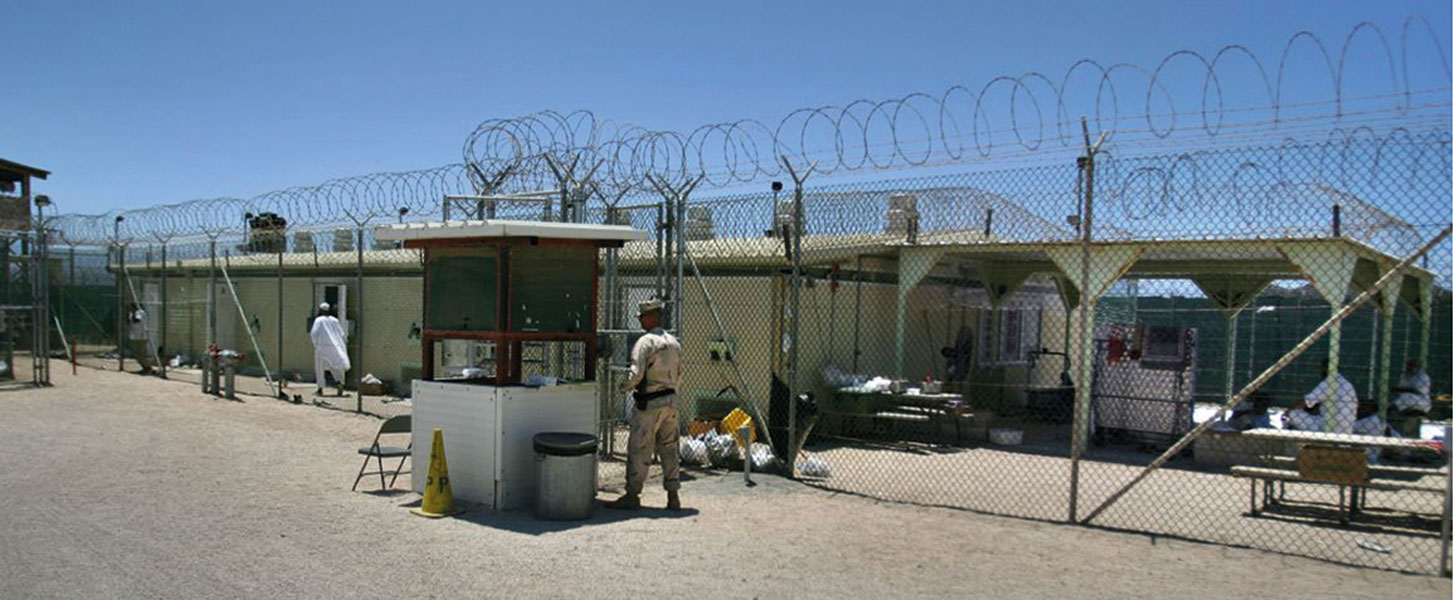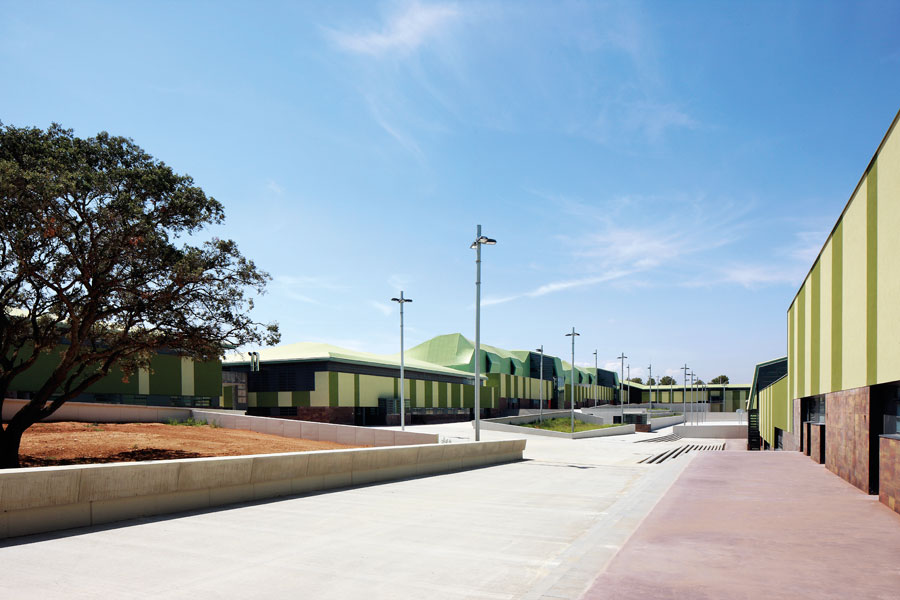Jack Henry Abbott’s In the Belly of the Beast: Letters from Prison, convicts architects when it describes the brutality of prison spaces, even those in supposedly modern facilities.
Abbott marvels that someone could specify, presumably draw, the section of a cell in solitary confinement with its single light bulb and inevitably foul drain. The same terrifying indifference attends the highly publicized images of Guantanamo Detention Center, designed by the firm of Halliburton. Someone had to have drawn the banal kennel-like plan of chain link fences. Someone responded, with design, to the more elaborate spatial needs and crude techniques attending this form of international punishment. Sometimes one associates prisons with the crimes of their architects as well as their inmates. Perhaps this is because architecture makes visible and explicit the intentions of a legal—or, in the case of Guantanamo, extralegal—system in relation to the biological facts of the prisoner. And perhaps, we do not really want to know about any of it. In the stupid and childish tradition of homo sacer, society has made its pronouncement of punishment and now wants nothing more to do with the body that remains. Ideally, that person is abstracted, their existence is denied, or they are made to disappear. It is an expulsion that satisfies the law while simultaneously prohibiting all hope of nourishing lawful agreement and coexistence.
Inside Camp Delta, Guantánamo Bay, Cuba. Photograph Brennan/Linsley/AP, 2006.
While not underplaying the severity of incarceration, we might admit that we are all in various states of voluntary and involuntary confinement. We even rigidly adhere to routines and rituals dictated by superiors, practiced within organized religions or concocted within our own obsessions and desires. At best we have the liberty to expand and contract our attentions and views of the world. Yet in addition to far-flung expansive adventures, we of ten recommend isolation, still- ness and emptiness to nourish intelligence or creativity, even when that sometimes means enslavement to electronic screens. Focusing concentration on the body and all its senses is regarded as among the most elegant, even liberating, forms of cultural expression.
If imprisonment, together with all these forms of voluntary and involuntary confinement were on a continuum, could they inform each other? The most productive practices arguably demand awareness and contradiction as a way to learn and make the world more palpable and vivid. Whatever else is confined, information is released. The least productive practices of people and governments involve remaining intact, denying contradiction and detaining information. Denial may be the only trap or cell that is truly impossible to escape. Rather than shrink from it, society might face up to and take responsibility for the entire continuum in all its contemplations of freedom.
Inside Mas d’Enric Penitentiary, El Catllar, Catalonia. Photograph José Hevia, 2013.
In the Mas d’Enric prison, the architects do not reify but rather dissolve many of the fearful denials associated with crime and imprisonment. They do it not by banishing the body but by organizing an intensive space around it. The compound indulges in the fundamental powers of architecture to conjure a reflection on what is internal and external to the body. The inhabited buildings form, not a fence, but an enclosed compound. The roof lifts up to provide views of the surrounding landscape. There are generous spaces for recreation and civilized spaces for administration. The very fact that the studio took on the job is a political act—a way of facing the problems of detention and confinement that have once again become so extreme in contemporary culture. The building is a prison. But its careful design demands visibility for this stage of legal retribution just as it reciprocally encourages visibility from within the walls of the compound—all accomplished with the physical stuff of architecture. Mas d’Enric is then an expression of civil society rather than another expression of lawlessness.














